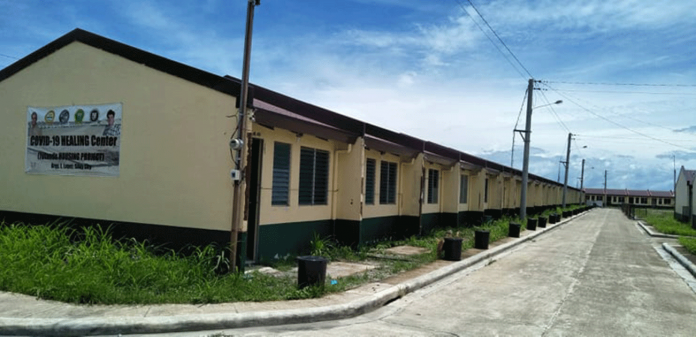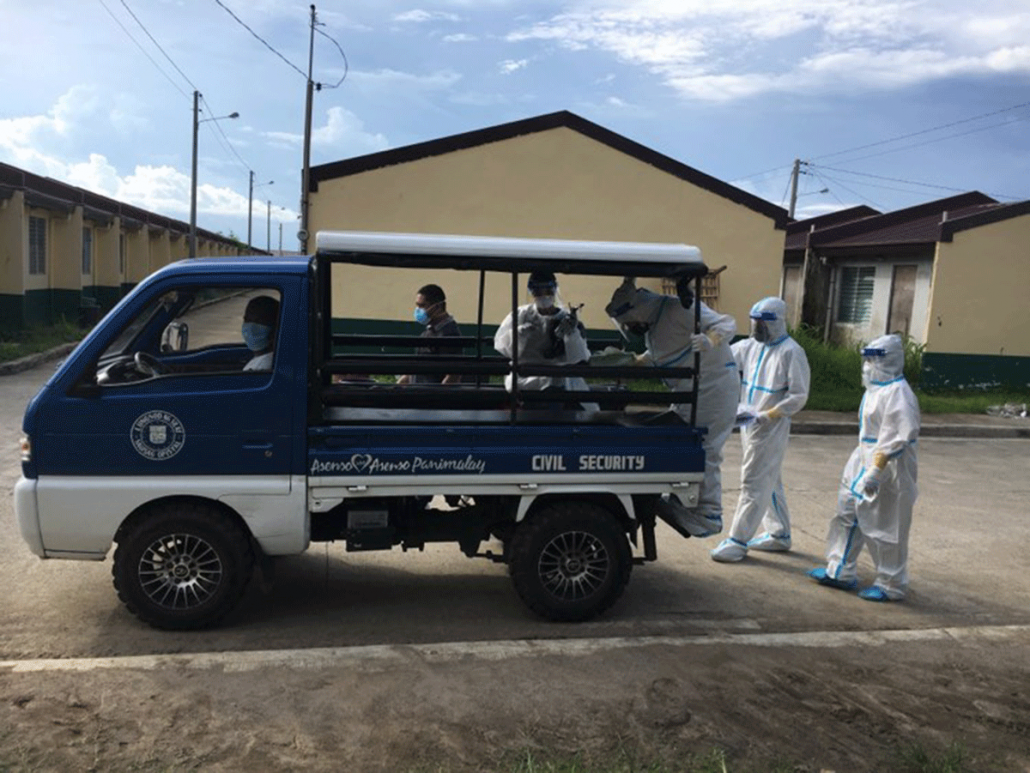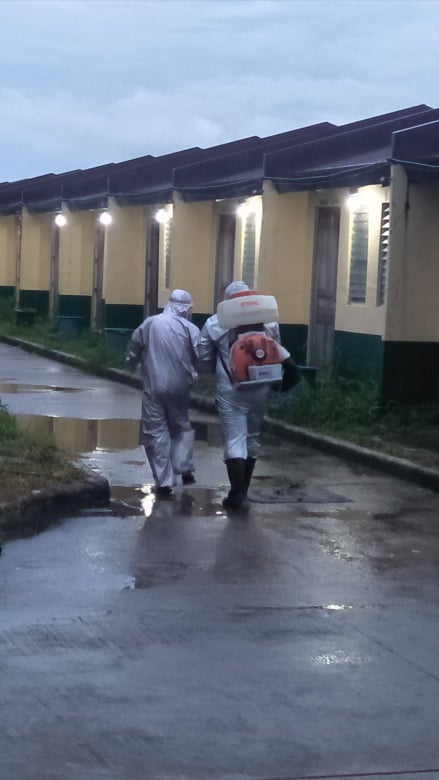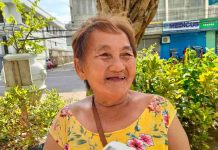
BY DOMINIQUE GABRIEL BAÑAGA
At the onset of the coronavirus disease 2019 (COVID-19) COVID-19 pandemic in 2020, frontline healthcare workers were put before the spotlight with their heroism despite huge risks.
A year on and with the light at the end of the dark tunnel already in sight, Panay News was able to get an exclusive peek into the stories of Negrense healthcare workers assigned at the Silay City Healing Center, one of the many quarantine facilities in Negros Occidental that treats asymptomatic and those exhibiting minor symptoms of COVID-19.
Edjohn Javellana, facility administrator of the Silay City Healing Center, spent his early lockdown days at the E.B. Magalona Healing Center in E.B. Magalona town.
Javellana also previously worked at other quarantine centers in the province.
At its peak in the months of September and early October, Javellana said they handled at least 400 patients, mostly Negrenses who have recently gone home either from elsewhere in the country or overseas, as well as those who have contracted COVID-19 in the province.
The area was also tagged as a housing project for victims of Super Typhoon Yolanda back in 2013, and the unoccupied areas and houses were immediately converted into quarantine facilities sometime between 2020 and 2021.
Javellana said he encountered individuals who still refuse to believe that they have been infected with COVID-19.
He said such patients are a challenge for them and the facility’s medical staff.
Javellana’s sentiments were echoed by Mark Cloyd Tapioc, Resty Macalisang, Ian Spencer Ang, Myka Pedregosa, Argee Yusay, and Evangeline Tumpag, all nurses in Silay City Healing Center.
Tapioc said after more than a year of handling positive COVID-19 cases, they learned the pandemic’s effect on the mental and emotional health of patients.
“Ang ginadala diri [sa Silay City Healing Center] are those asymptomatic. Because waay sila sintomas kabudlay sa ila papatihon nga may ara sila COVID-19,” Tapioc said.
When asked if what was the reaction from their families after learning that they were all being assigned to the quarantine facility, Macalisang stated her mother was very proud.
Despite the risk of contracting the virus, Macalisang said it was still safe to work in the quarantine center as they were properly equipped at all times.

After over a year of working at the facility, Javellana said they did not experience any equipment woes, unlike in other facilities outside the province. He pointed out that they have been receiving full support from the provincial government.
According to Javellana, they were also handling menial and routine tasks like maintaining the cleanliness and orderliness of the facility. These included decontaminating the houses previously occupied by patients, distributing food and even gardening.
Javellana said the tasks were conducted even during times of power outages or heavy rains.
Their most difficult experience? It was when they were heavily outnumbered, he said.
There was a mass arrival – around 500 locally stranded individuals – and only 10 to 15 staff were there to cater to them.
It was also hard to juggle work and family, according to Javellana.
He had spent most of his time in the facility as it was not advisable to go home every week.
“Very cautious man kita nga indi malatnan ang amun mga pamilya,” Javellana said. “Gina-encourage man namun ang staff na mag stay-in sa facility.”
Before going home, Javellana said the staff have to undergo a reverse transcription-polymerase chain reaction (RT-PCR) test.

Macalisang, meanwhile, said when he had the chance to go home, he also experienced discrimination. However, he was able to deal with such issues easily.
“Ako na lang gid ‘ya ang ga–adjust,” Macalisang said.
Pedregosa, meanwhile, only goes home to see her family, especially her mother with an existing comorbidity.
Ang echoed Pedregosa, saying he also wanted to protect his family from sickness.
Yusay, meanwhile, said it’s difficult to balance family and work, especially since a majority of them have either senior citizens or children back home.
“Even though ga–swab kami every two weeks, gina consider namun gyapon ang chances na malatnan namun sila,” Yusay said.
Tumpag, meanwhile, said she only goes home when there are important matters to deal with.
Pedregosa revealed she was a COVID-19 survivor.
Upon learning she had COVID, she never felt any anxiouness and believed that she was in good hands.
Questioned if they witnessed an asymptomatic patient’s status suddenly deteriorating, Tapioc said he recalled three of such earlier this year.
Tapioc said one of the patients appeared fine upon entry to the quarantine facility, but the next day, the patient’s oxygen level suddenly dropped, prompting them to rush the patient to the hospital.
However, hospitals in the province, including those in Bacolod City, were congested.
Tapioc said they resorted to bringing an oxygen tank for the patient instead and treated them on-site while waiting for a vacant hospital.
“May mga pasyente nga gapamangkot ngaa waay namun gina–refer, so gina explain ta man sa ila nga puno ang mga ospital. However, may namangkot man sa amun, ‘Ano na lang ‘ni matabu sa iya Sir, pabay-an na lang ‘ni?’ Pero ginhambalan ko waay ‘ta may mahimo kay puno ang mga ospital,” Tapioc said.
It was such a helpless moment, he said.
The staff of the quarantine facility also has a message to individuals who still refuse to believe that COVID-19 exists.
“Kung indi sila magpati okay lang sa akon, indi ta kamo pagpiliton, pero participate kamo sa aton vaccination kay indi lang ‘na para sa inyo, para man ‘na sa mga tawo sa palibot mo,” Tapioc said.(Photos by Kate Donesa)/PN







